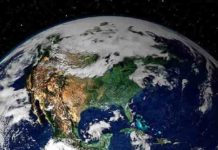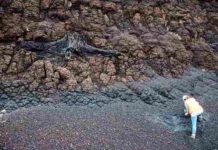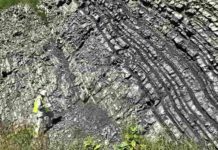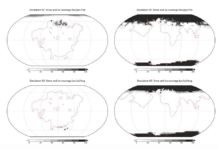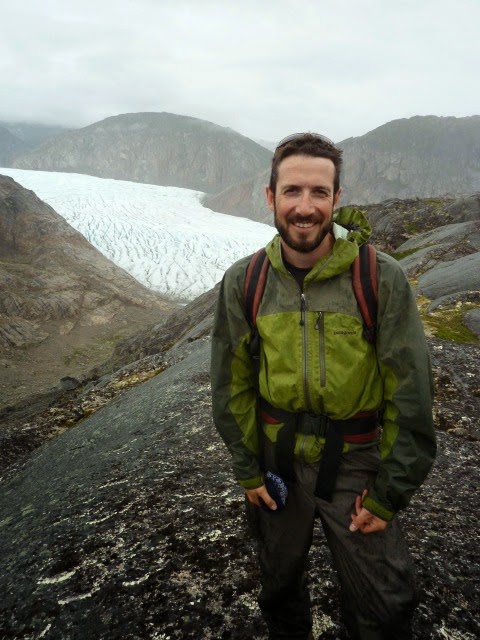
A former University of Alberta PhD student has come back to campus as an assistant professor, to explore and teach about the mysteries of natural climate warming and ice age history, on the heels of a newly published paper in Nature.
Alberto Reyes, an assistant professor in the Faculty of Science who received his PhD from the U of A in 2010, led a study which provides the first scientific evidence that the southern portion of Greenland’s ice sheet nearly disappeared in the geologically recent past, during a long period of warm climate about 400,000 years ago. The findings also indicate that the collapse of the ice sheet, which would have contributed 4.5 to six metres of global sea level rise, likely occurred under conditions that may have been only a few degrees warmer than the present day.
“The study highlights the sensitivity of the ice sheet to small levels of climate warming,” Reyes said.
Reyes, who led the study while at Queen’s University Belfast in collaboration with researchers from the University of Wisconsin-Madison and Oregon State University, spent several years collecting sediment samples from rivers in south Greenland to develop a chemical “fingerprint” of eroded rocks beneath the ice sheet. The group then used that fingerprint to determine when different parts of south Greenland stopped contributing sediment into the ocean.
“This only happens when there is no ice sheet or glacier to erode the rocks at the surface, so the chemistry allows us to broadly track retreat of the ice sheet,” he said.
Their findings indicated a near-complete absence of ice in the region just under a half-million years ago, which indicates the impact of just a small level of climate warming, Reyes noted.
Pointing to recent evidence that the west Antarctic ice sheet has begun collapsing, “This really highlights the sensitivity to the kind of magnitude of climate warming projected over the next several hundred years, so there are long-term consequences,” he added.
Reyes, who researched how permafrost and peatlands responded to past climate warming during his PhD studies at the U of A, will share his knowledge and sense of wonder with students as he teaches second- and third-year courses in global change and ice age history through the environmental earth sciences program.
“During my PhD I had the opportunity to do a lot of fieldwork, which the U of A is really strong in, and I spent a lot of time in the Yukon and Alaska learning about long-term environmental change and interactions between elements of Earth’s systems.
“It’s like history, but with science thrown in, so it’s very interesting.”
Reyes will also continue his research into long-term landscape and environmental change, through his appointment with the Department of Earth and Atmospheric Sciences.
Focused on the Arctic and subarctic regions, Yukon in particular, Reyes’ work will help address “what we might expect from a future warming climate in terms of how things like ice sheets and permafrost will respond.
“I want to understand how interactions between climate, environment and geological processes all work together to shape the landscape we see. The U of A has a strong history as a leader in northern research, so it’s really satisfying to return to the university as an educator and scientist.”
More information:
Nature, www.nature.com/nature/journal/… ull/nature13456.html
Note : The above story is based on materials provided by University of Alberta




